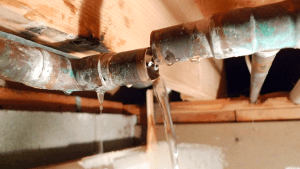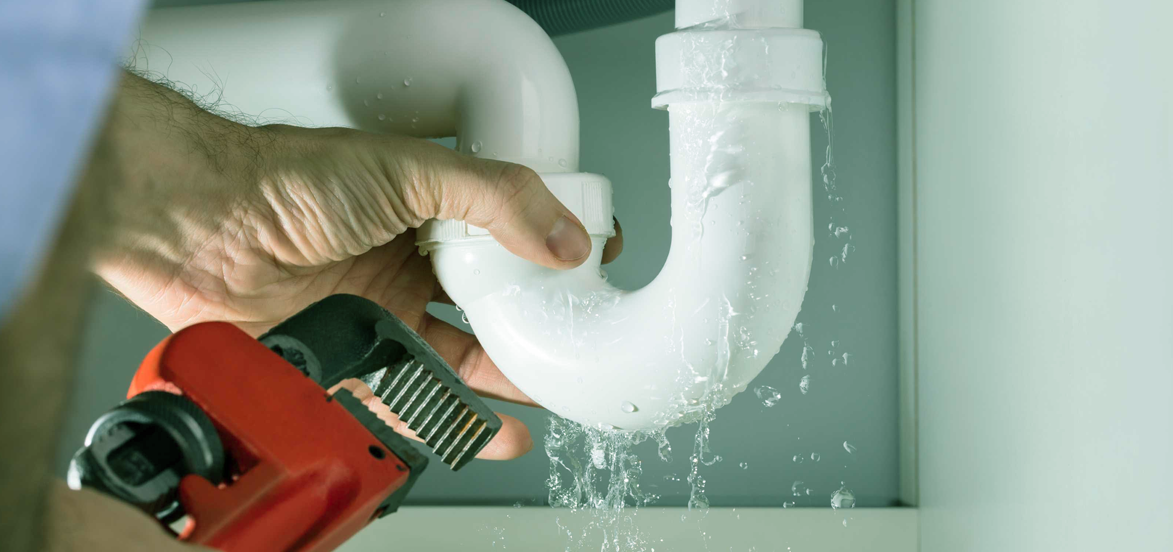Revealing Hidden Water Line Leaks: Six Clever Detection Hacks
Revealing Hidden Water Line Leaks: Six Clever Detection Hacks
Blog Article
Everybody maintains their private rationale in relation to Locating water leaks.

Early discovery of dripping water lines can alleviate a potential disaster. In addition to saving you cash, it will lessen the worry as well as disappointment. The minute you discover a leak, calling your plumber for repair services is the best remedy. However, some little water leakages may not show up. If you can not find it with your nude eyes, below are some hacks that help.
1. Take A Look At the Water Meter
Inspecting it is a guaranteed method that helps you find leakages. If it relocates, that suggests a fast-moving leak. This indicates you might have a slow leak that might also be below ground.
2. Check Water Consumption
If you identify abrupt adjustments, regardless of your intake being the very same, it implies that you have leakages in your plumbing system. An unexpected spike in your bill indicates a fast-moving leak.
On the other hand, a constant boost monthly, despite the exact same behaviors, shows you have a slow leak that's likewise slowly escalating. Call a plumber to completely inspect your residential or commercial property, particularly if you feel a warm location on your flooring with piping beneath.
3. Do a Food Coloring Test
When it comes to water consumption, 30% comes from commodes. Examination to see if they are running correctly. Decline specks of food shade in the storage tank and wait 10 mins. If the color somehow infiltrates your dish throughout that time without flushing, there's a leakage between the container and bowl.
4. Asses Exterior Lines
Do not neglect to check your exterior water lines as well. Examination spigots by connecting a yard pipe. Should water permeate out of the link, you have a loose rubber gasket. Change this as well as guarantee all links are tight. If you have actually obtained a lawn sprinkler, it will certainly assist get it properly examined and preserved yearly. One tiny leak can throw away lots of water and increase your water costs.
5. Check and Examine the Situation
Homeowners should make it a practice to examine under the sink counters as well as also inside cabinets for any kind of bad odor or mold and mildew development. These 2 warnings suggest a leak so prompt attention is called for. Doing regular inspections, also bi-annually, can save you from a major problem.
Check for stainings and also compromising as a lot of devices as well as pipelines have a life expectations. If you suspect leaking water lines in your plumbing system, don't wait for it to escalate.
Early discovery of dripping water lines can minimize a possible calamity. Some little water leakages may not be visible. Checking it is a proven means that assists you find leaks. One little leakage can squander lots of water and also increase your water expense.
If you suspect dripping water lines in your plumbing system, don't wait for it to rise.
WARNING SIGNS OF WATER LEAKAGE BEHIND THE WALL
PERSISTENT MUSTY ODORS
As water slowly drips from a leaky pipe inside the wall, flooring and sheetrock stay damp and develop an odor similar to wet cardboard. It generates a musty smell that can help you find hidden leaks.
MOLD IN UNUSUAL AREAS
Mold usually grows in wet areas like kitchens, baths and laundry rooms. If you spot the stuff on walls or baseboards in other rooms of the house, it’s a good indicator of undetected water leaks.
STAINS THAT GROW
When mold thrives around a leaky pipe, it sometimes takes hold on the inside surface of the affected wall. A growing stain on otherwise clean sheetrock is often your sign of a hidden plumbing problem.
PEELING OR BUBBLING WALLPAPER / PAINT
This clue is easy to miss in rooms that don’t get much use. When you see wallpaper separating along seams or paint bubbling or flaking off the wall, blame sheetrock that stays wet because of an undetected leak.
BUCKLED CEILINGS AND STAINED FLOORS
If ceilings or floors in bathrooms, kitchens or laundry areas develop structural problems, don’t rule out constant damp inside the walls. Wet sheetrock can affect adjacent framing, flooring and ceilings.
https://www.servicemasterbyzaba.com/blog/how-to-detect-water-leakage-in-walls/

As a fervent reader on Detecting hidden plumbing leaks, I think sharing that editorial was smart. Are you aware of another individual who is inquisitive about the niche? Please feel free to promote it. I thank you for reading our article about Detecting hidden plumbing leaks.
Request immediate service. Report this page